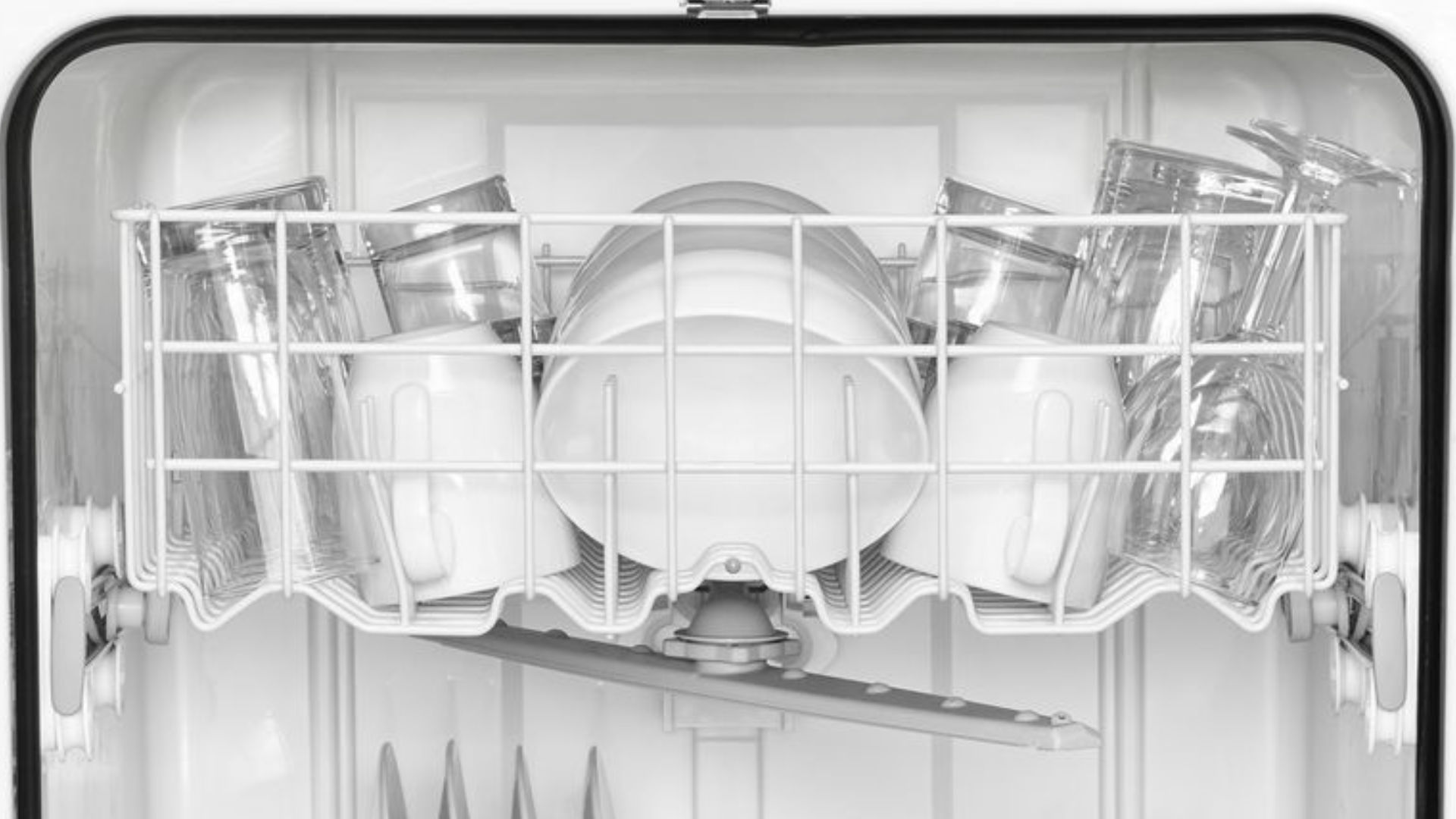
If your whirlpool dishwasher is filling but not washing, you’re in the right place! This is the ultimate guide for how to fix a Whirlpool dishwasher filling up with water but not washing.
Simply follow our step-by-step instructions below, and you should be able to find the cause of the problem and fix it. Thankfully, most of the time it’s quite a simple problem to fix.
This guide covers most major models of Whirlpool dishwashers, including:
7DP840CWDB0
7DP840CWDB1
7DU840CWDB0
7DU840CWDB1
7DU900PCDB0
7DU900PCDQ0
WDT780SAEM0
WDT780SAEM1
WDT780SAEM2
WDT790SLYM2
WDT790SLYW2
WDT910SAYE1
WDT910SAYE2
WDT910SAYH1
WDT910SAYH2
WDT910SAYM1
WDT910SAYM2
WDT910SSYB1
WDT910SSYB2
WDT910SSYM2
WDT910SSYW2
Step 1 – Check the Detergent Drawer
If your Whirlpool washer isn’t cleaning, start by checking the detergent drawer. Sometimes the drawer doesn’t open up correctly when you turn your dishwasher on, and this causes your dishwasher not to wash your dishes.
Here’s how to check the detergent drawer:
- Turn your Whirlpool dishwasher onto a wash cycle.
- Wait 15 minutes and then pause the cycle.
- Open the dishwasher door and check if the detergent drawer has opened up.
- If it has, this means the drawer is working correctly, and you can move on to the next step. However, if it hasn’t, this means that it is faulty. Before replacing the spring in the drawer unit or replacing the whole unit, try to give it a good clean, and then check if this solves the problem. If cleaning it doesn’t work, it will need to be replaced.
- If you repair the drawer, turn the power to the dishwasher back on, put it on to a cycle, and check if it is now working correctly. If not, move on to the next step.
Step 2 – Check the Spray Arms
The spray arms (sometimes called wash arms) in your dishwasher circulate water into and around the dishwasher during a wash cycle. Some dishwashers have one spray arm, and some have multiple spray arms. When they get clogged or damaged, your dishwasher won’t be able to wash your dishes properly.
Here’s how to check the spray arms:
- Open your dishwasher.
- Remove the spray arms from your dishwasher – they should just pop out.
- Once removed, check the spray arms for any cracks or damage.
- If damaged, they will need to be replaced.
- If they are not damaged, give them a good clean to ensure there is no loose food debris blocking them.
- Once cleaned, put them back into the dishwasher.
- Turn your dishwasher on to a cycle, and check if the problem has been solved. If not, move on to the next step.
Step 3 – Check the Wash Motor
The next step is to check the wash motor. When the motor becomes faulty, your Whirlpool dishwasher fills with water but does not wash.
Here’s how to check the wash motor:
- Locate the wash motor (check your manual if necessary).
- Turn your dishwasher on to a cycle.
- Listen to the wash motor for a clicking sound coming from the motor.
- If you can hear clicking sounds coming from the motor, this means it is faulty and will most likely need to be replaced.
- Before replacing the motor, use a multimeter to check it for continuity.
- To check the motor, you first need to turn the power to the dishwasher off.
- Locate the motor – you’ll need to remove the lower access panel.
- You can then remove the wiring harness that is attached to the motor.
- Set your multimeter to R x 1.
- Place the multimeter’s probes on one terminal each. The test should show little resistance (zero or just above zero).
- You should also check the ground connection. You can do this by placing one probe on the bare metal housing of the motor and the other probe on one of the terminals (then check the other terminal). The multimeter should show no reading.
- If the motor doesn’t pass either of these tests, it is faulty and will need to be replaced.
- Once replaced, turn your dishwasher on to a cycle, and check if the problem has been solved.
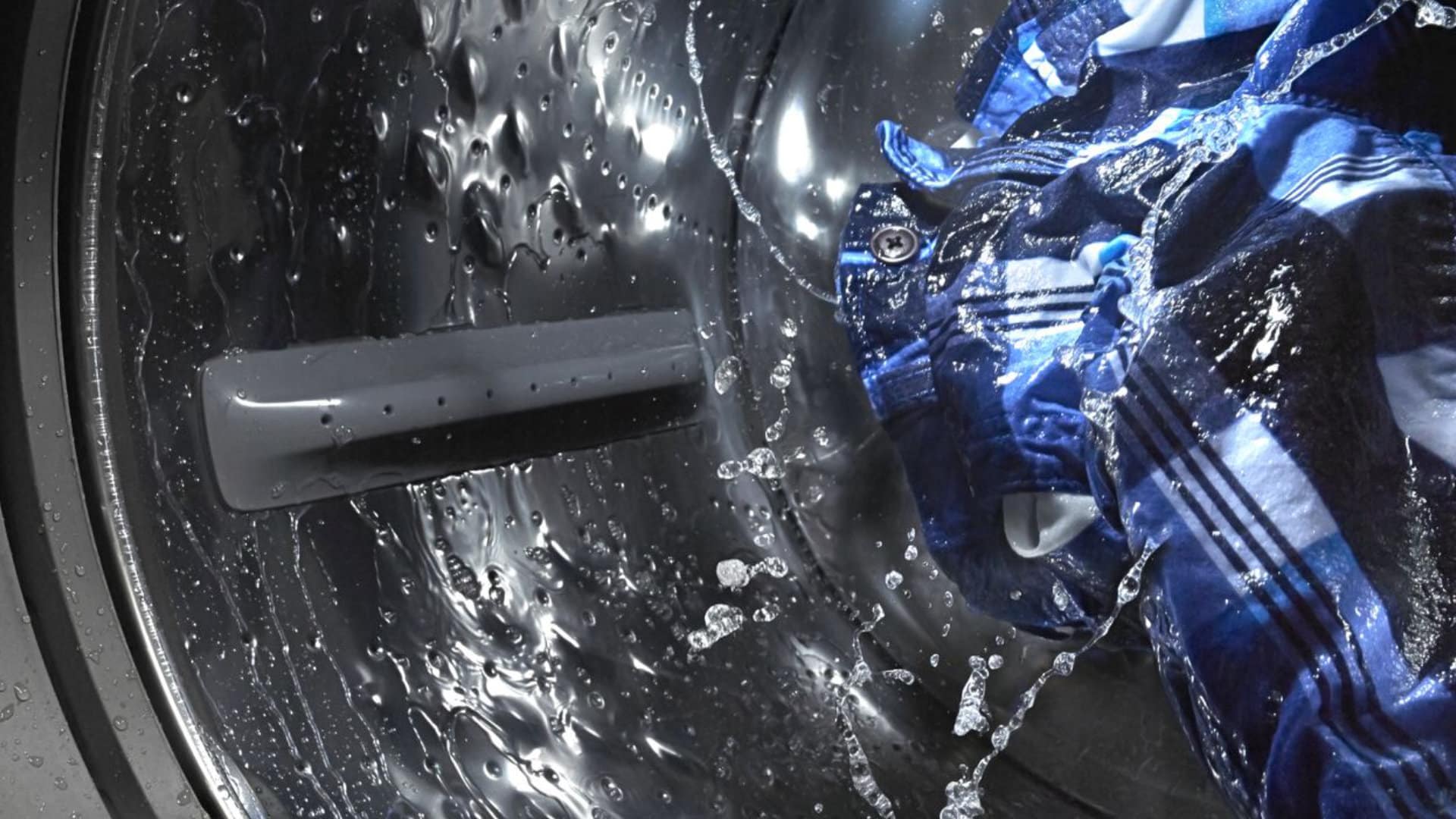
How to Fix the Whirlpool Washer F5 E3 Error Code
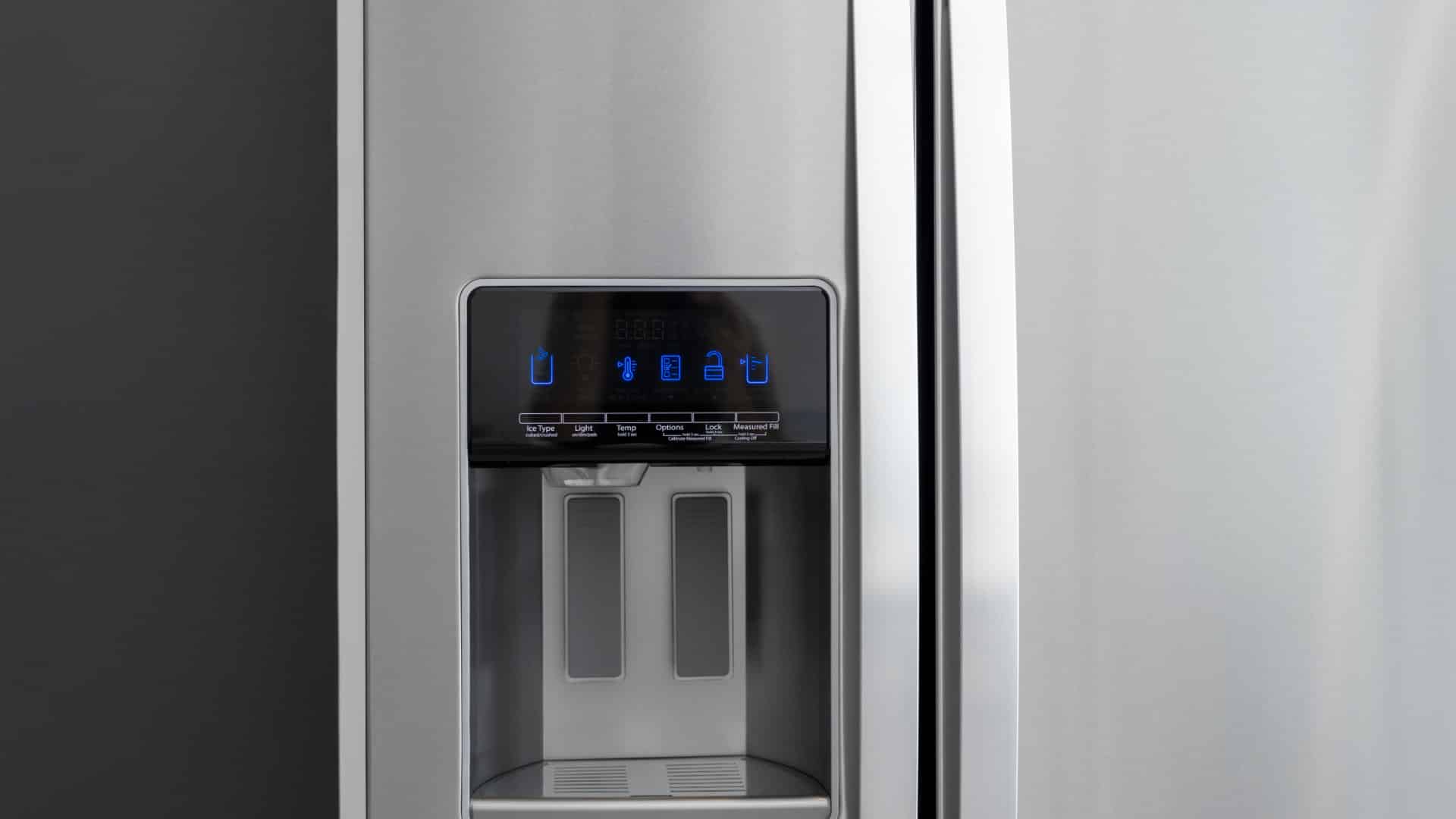
10 Steps to Clean Your Fridge Water Dispenser
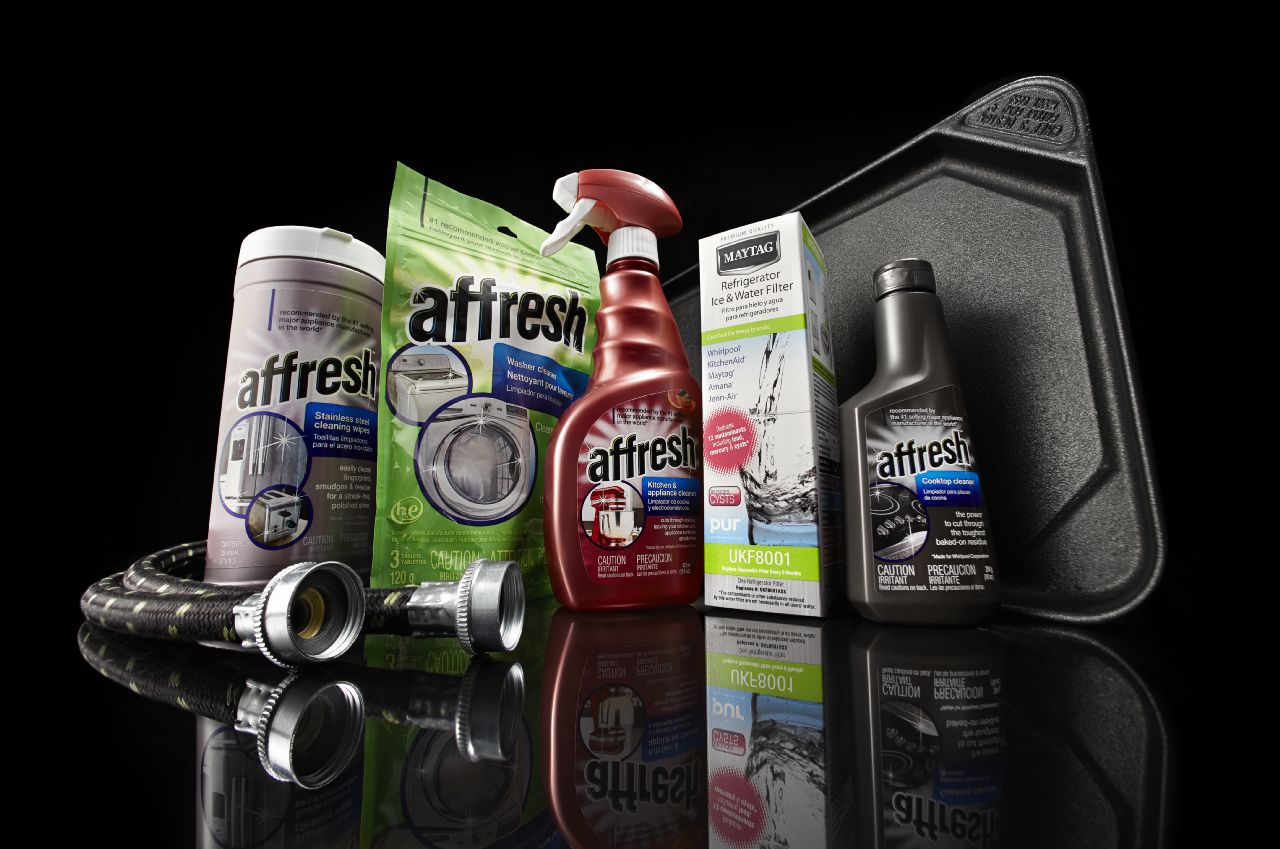
How to Replace a Whirlpool Refrigerator Water Filter
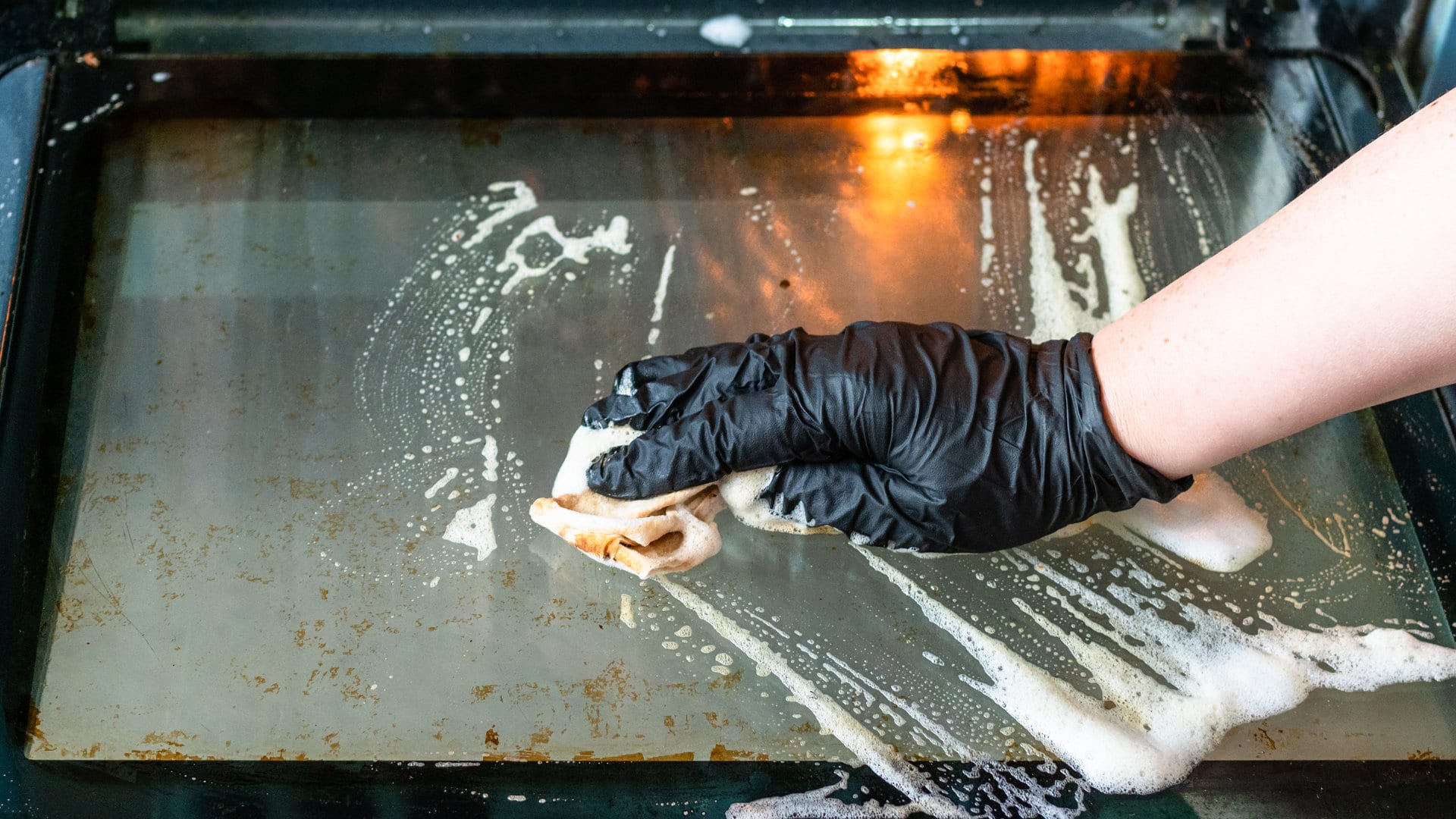
How to Clean an Oven Glass Door (3 Easy Methods)
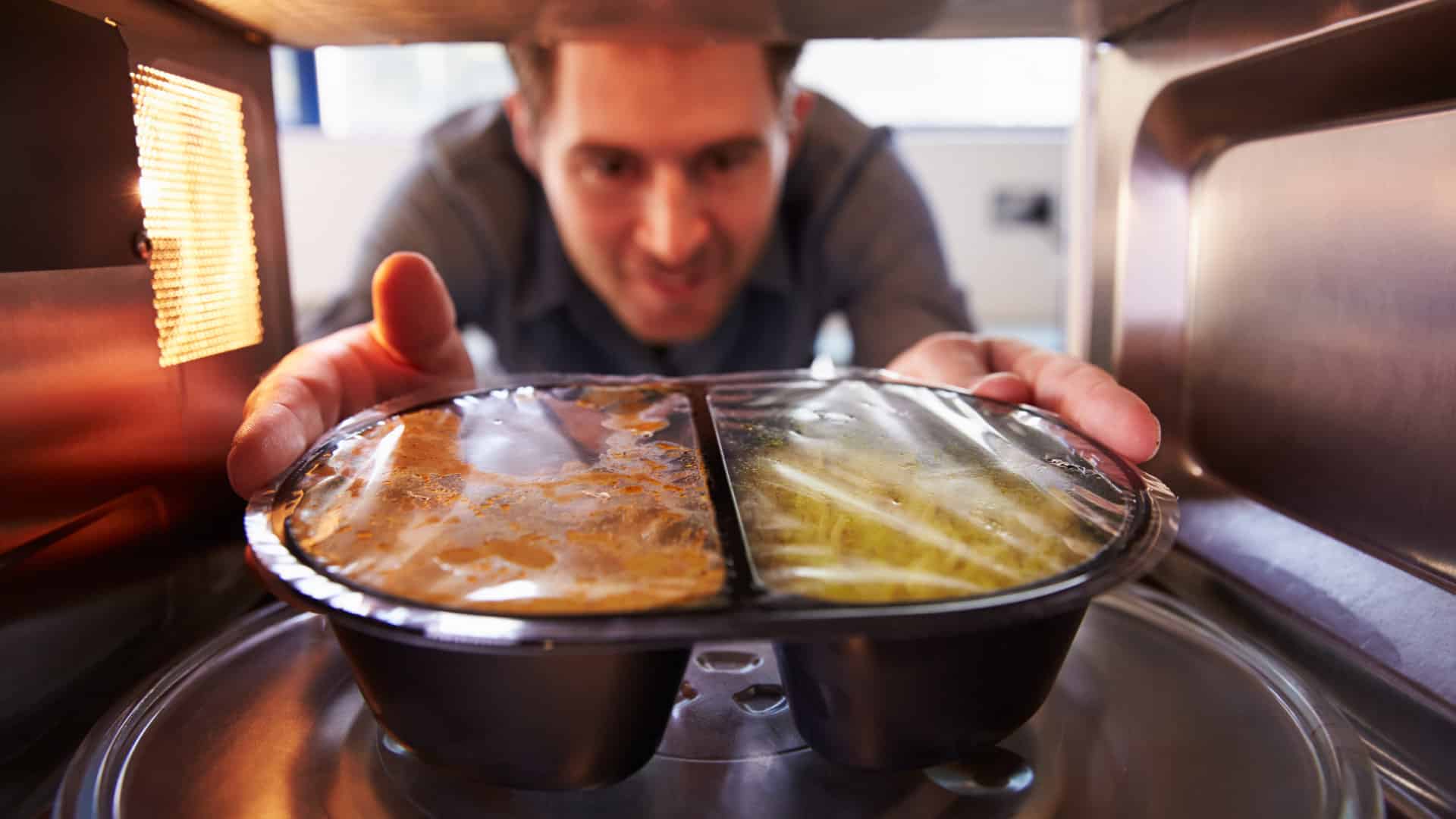
Why Your Microwave Plate Is Not Spinning
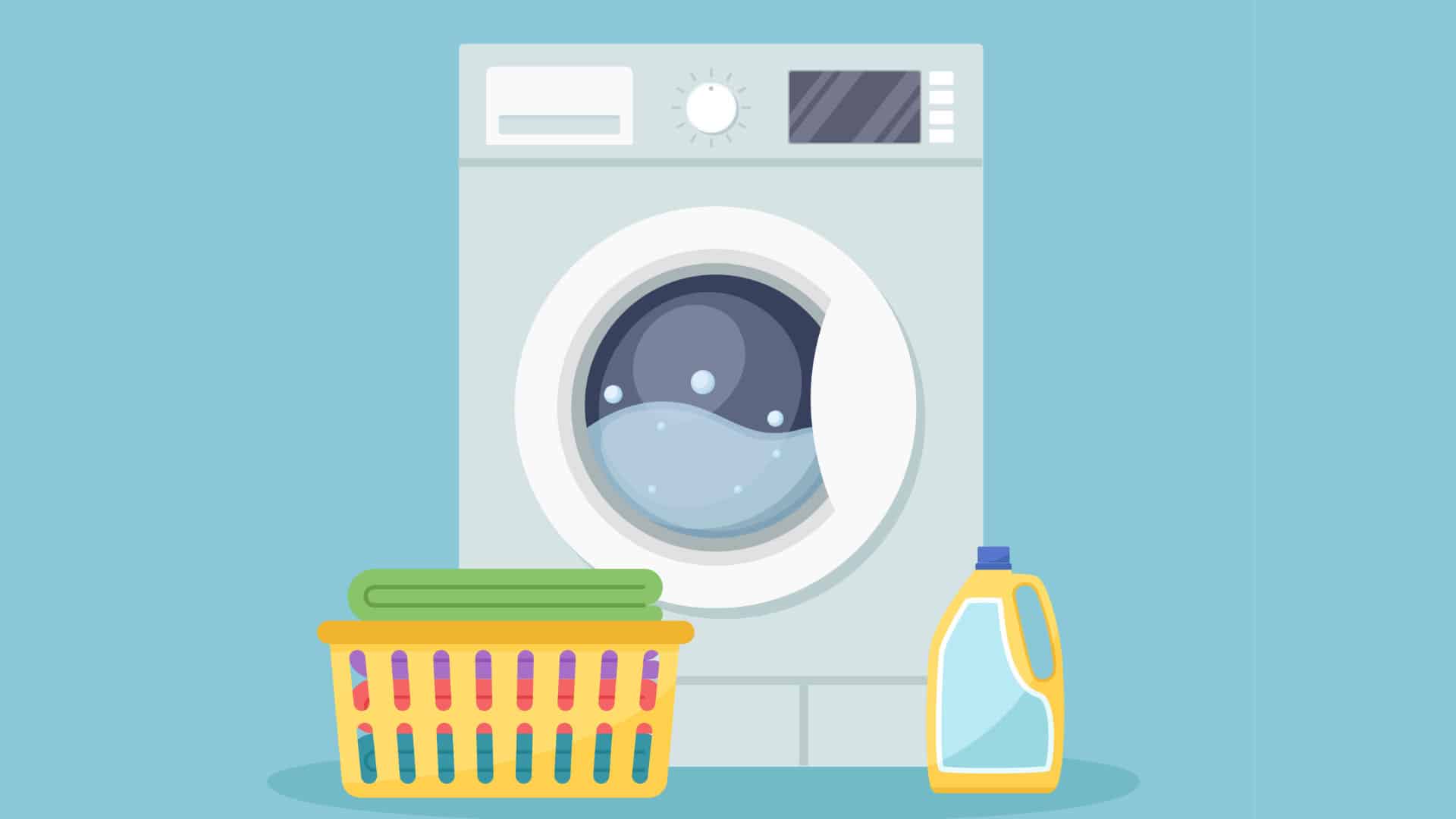
Washer Spin Cycle Not Working? Here’s Why

How to Fix a Slow Ice Maker
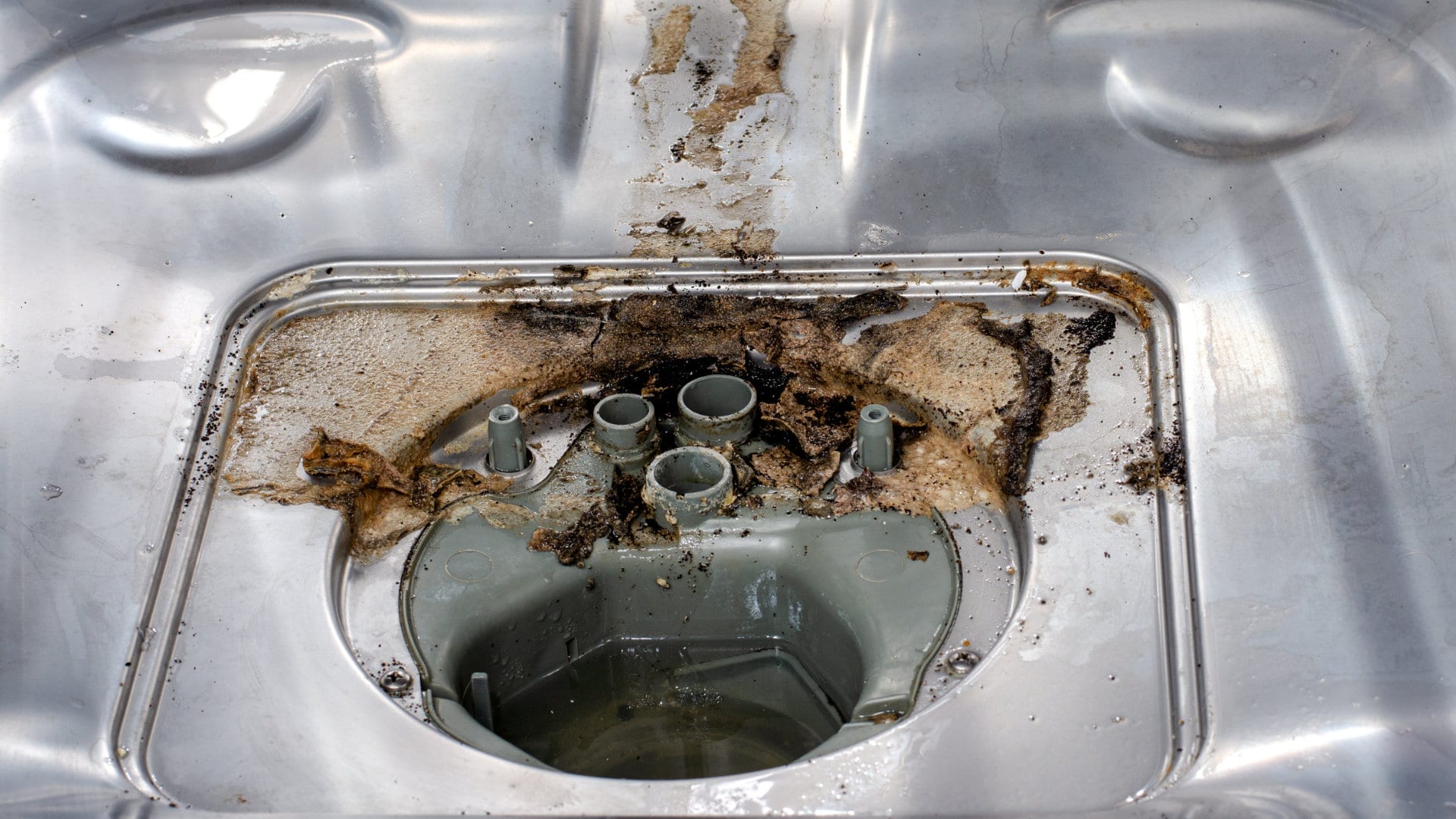
Why Does My Dishwasher Smell like Sewage?
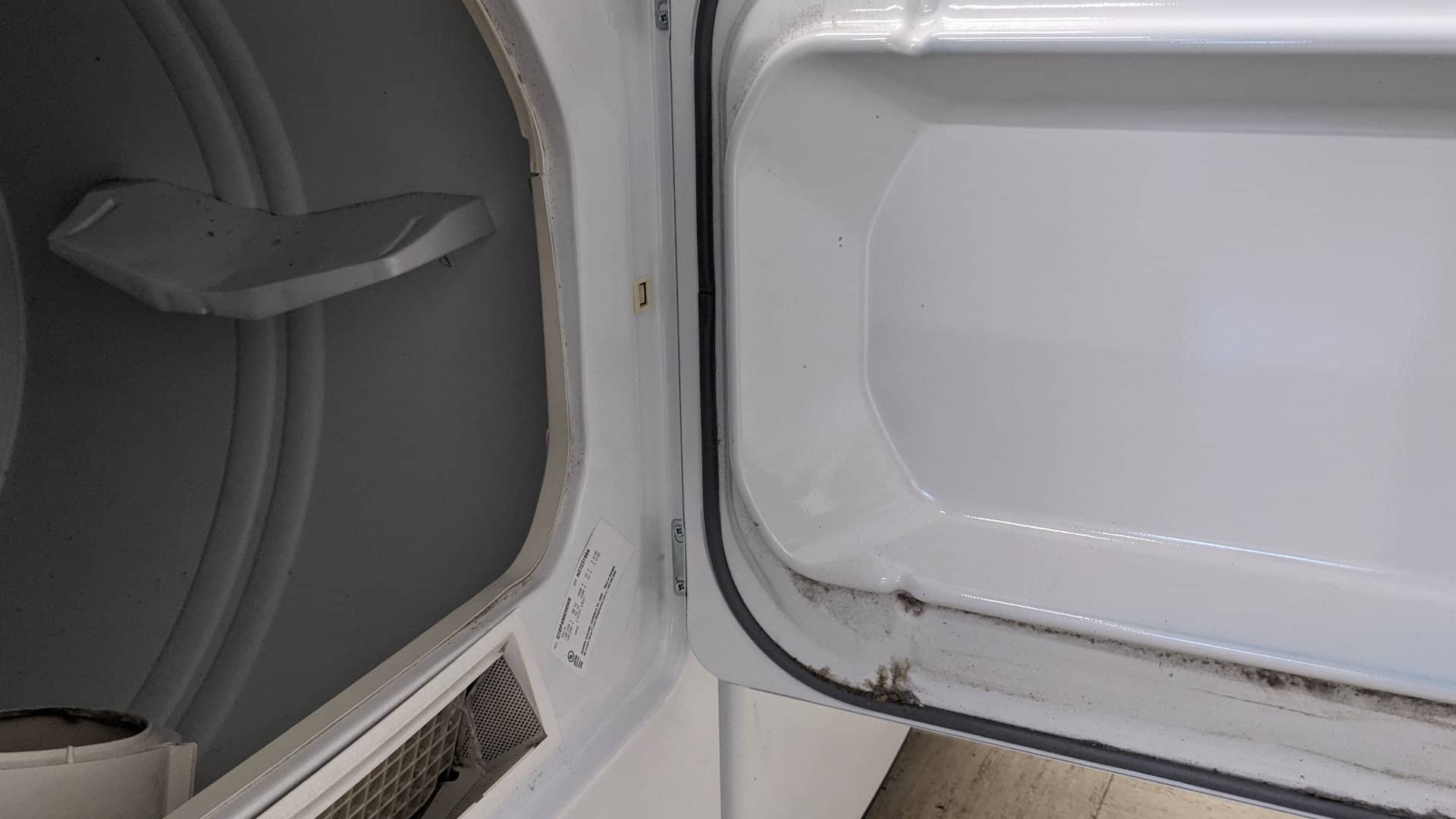
What Causes a Dryer to Overheat? (and How to Fix It)


